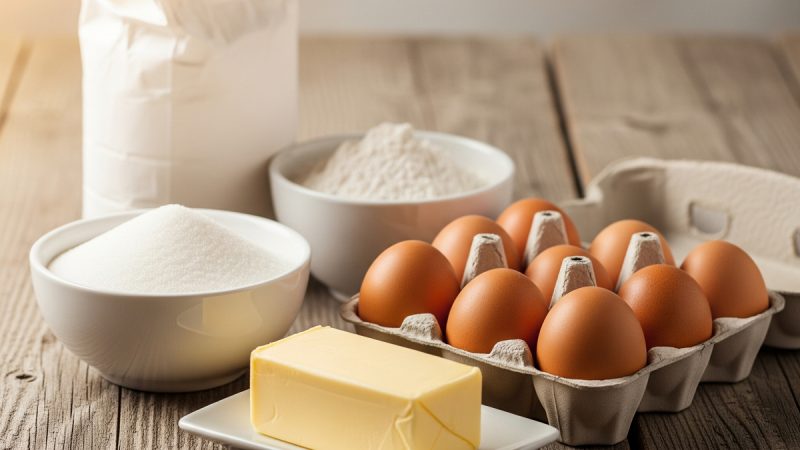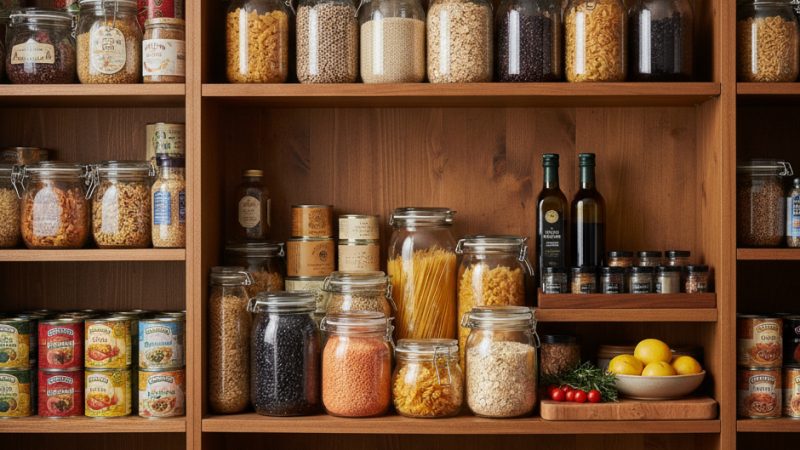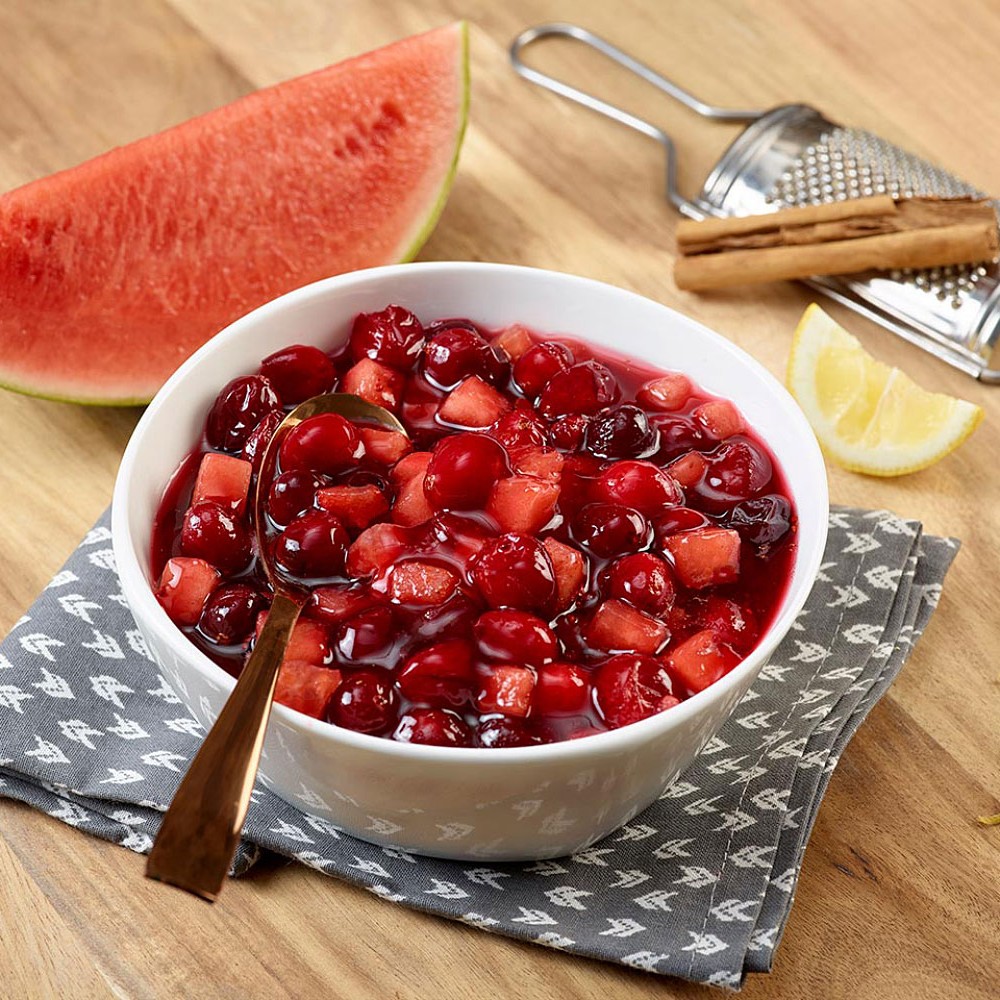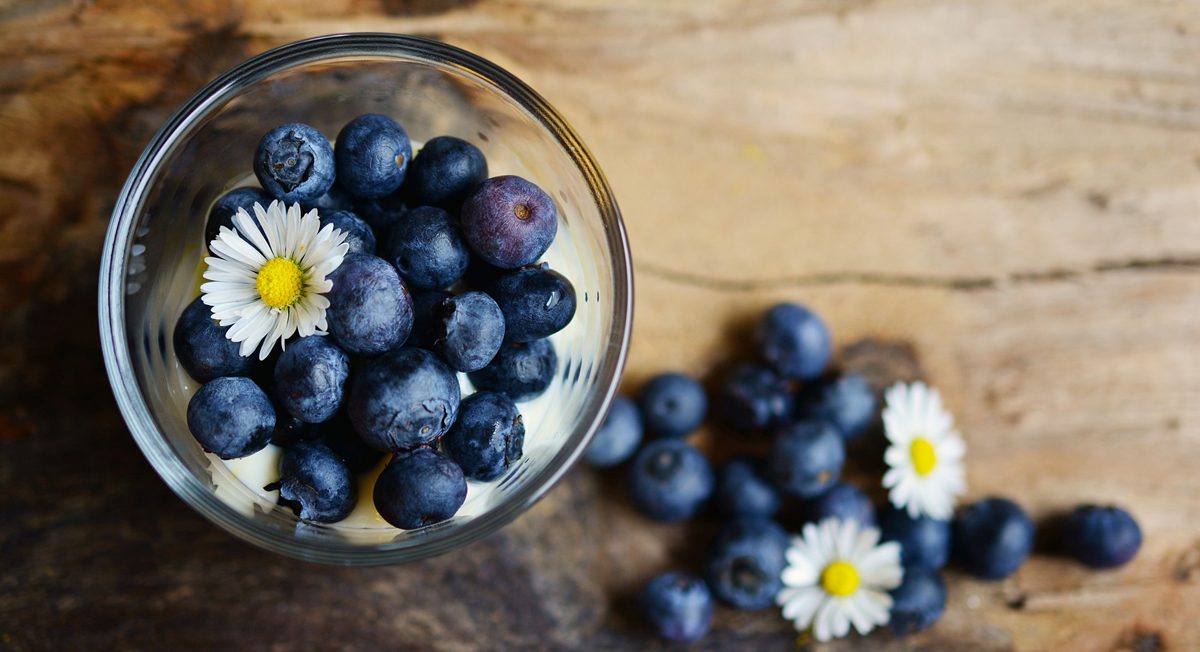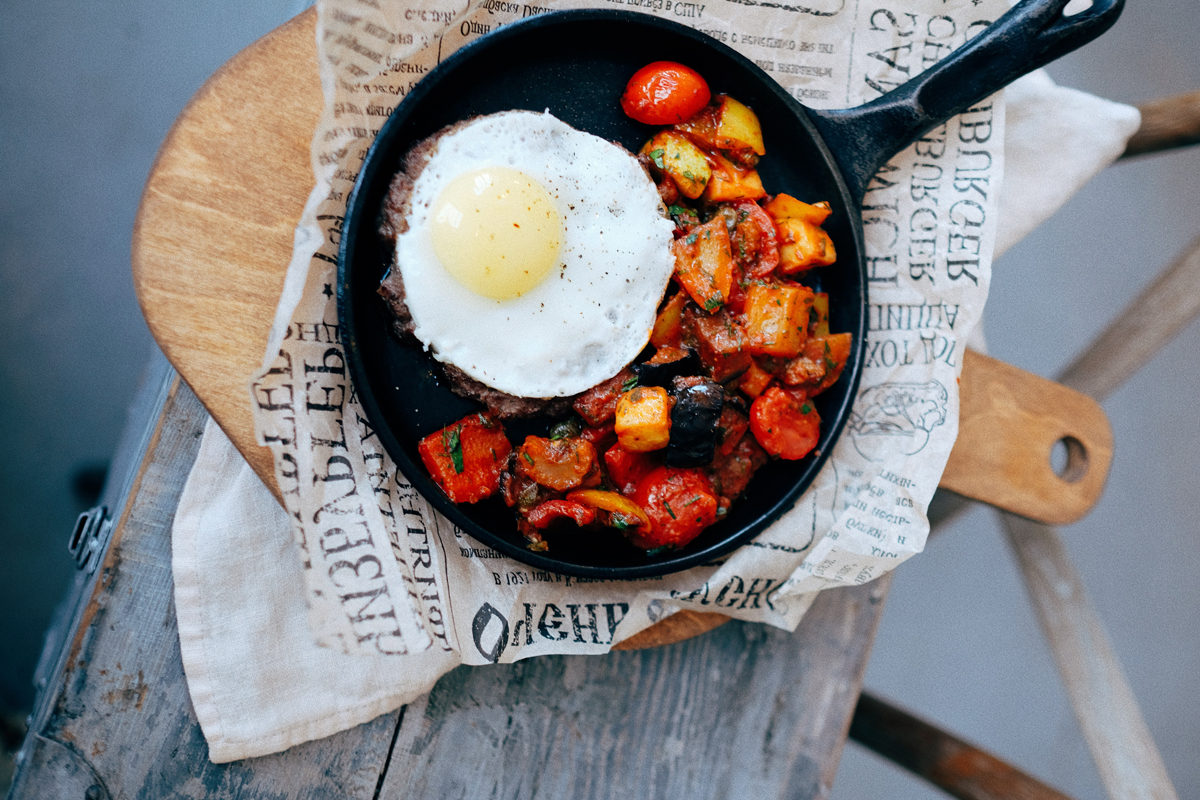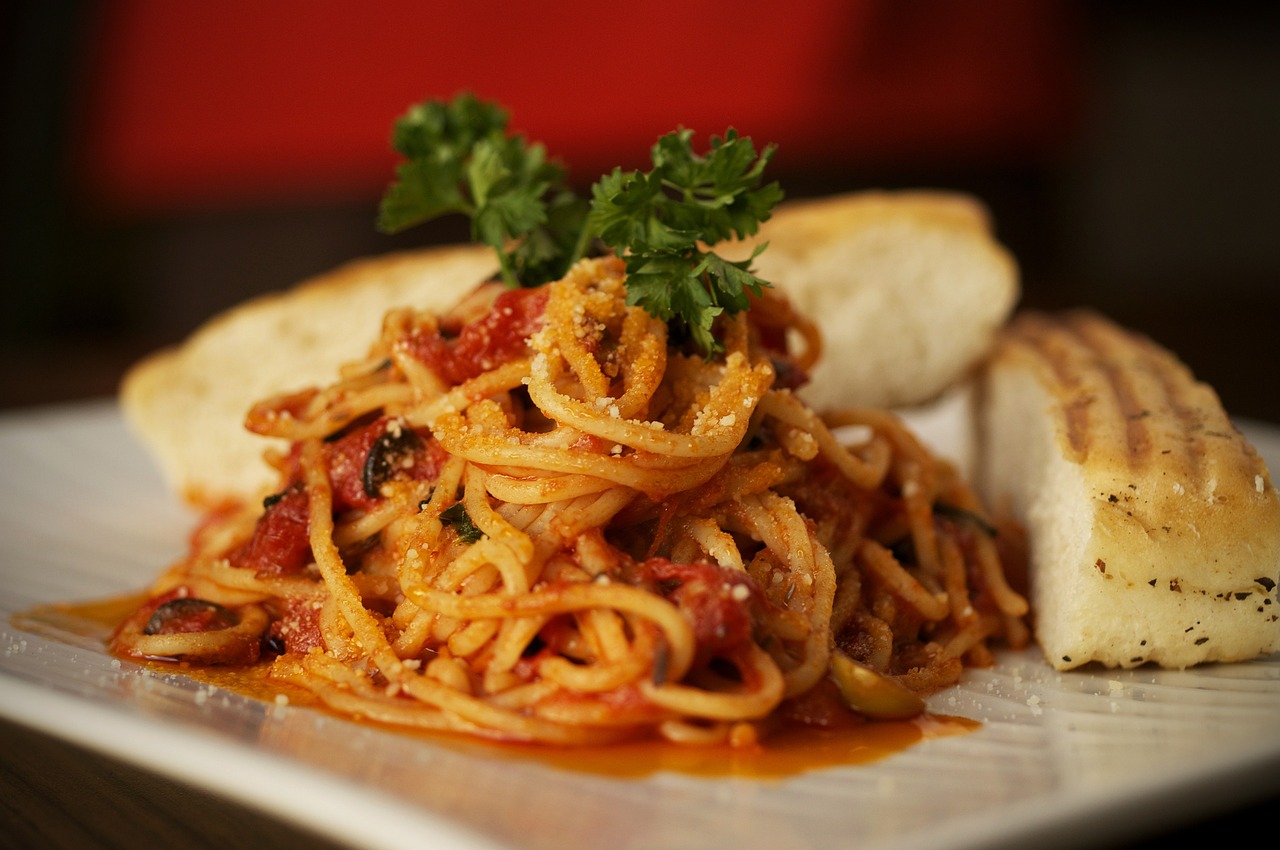Understanding Bakery Shortening for Healthier Baking
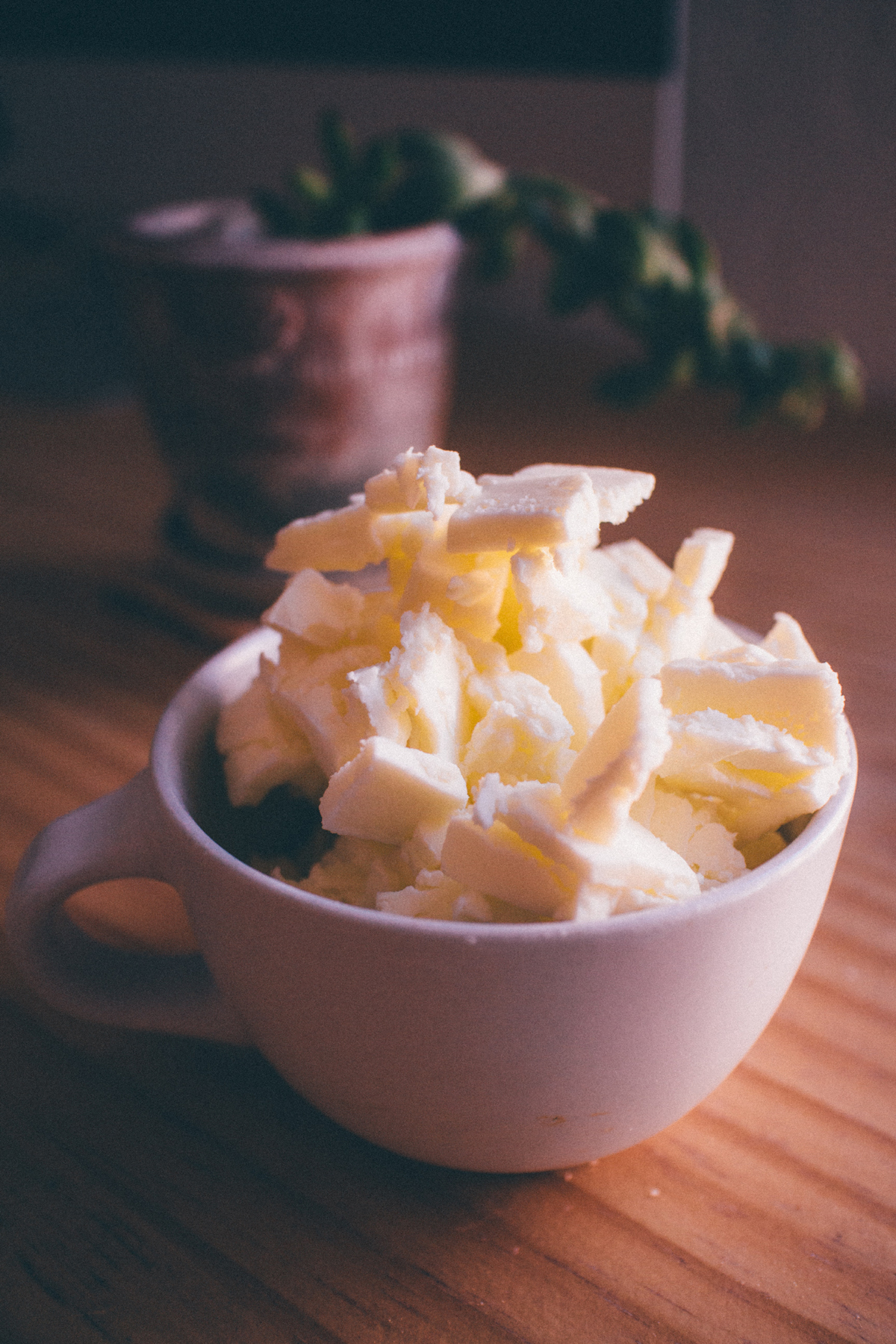
Shortening is one of the key ingredients for any baking food like cookies and cakes. Bakery shortening primarily refers to the fat that is used for making the flour velvety and soft. It is mostly in semisolid form like the butter, which helps to make the flour crumbly.
Vegetable oils are also used as shortening in many bakery products. Liquid fat, which is the vegetable oil is hydrogenated and made solid. Being tasteless, this fat is then used in the flour to make it more fluffy and light. Shortening not only makes the dough light, but also prevents the flour from getting sticky.
Baking is more favorable when the dough is lighter and non-sticky. The proportion of fat should be more than the flour. There are different types of fats and some of them may have higher melting point. These days bakery shortening are available, as a mixture of hard and soft fats. Margarine is widely used, as a shortening agent in the bakery products.
The process of hydrogenation of vegetable oil produces fatty acids, which are not healthy. However, there are substitutes for shortening that can make healthier baking possible.
Understanding the Substitutes for Shortening
As mentioned earlier, Margarine and butter is widely used as shortening. However, health conscious people prefer taking the low fat version of these products that are readily available in the market these days. One tablespoon of margarine can be mixed with shortening to make the flour lighter. Flax-seed powder can also be used with the butter to substitute shortening.
Butter or margarine cannot be used as substitutes for shortening in products that need to be deep fried. Margarine when mixed with flaxseed tastes best when used in baking cookies.
Applesauce can be a substitute for bakery shortening, especially when we bake sweet recipes. It is a perfect substitute for shortening since it makes the recipe sweeter. While baking sweet recipes with applesauce it is important to take care of the amount of sugar used. Fresh cream can also be substituted for shortening, which is healthy.
One of the healthiest shortening substitutes is olive oil. However, it may not be suitable for sweet recipes that are baked. It serves best for snacks like sandwiches and rolls. Peanut oil can also be used for baking, which is healthy.
Low-fat shortening are also available in the market and it may be good to search for the best option suitable for your recipe. In some of the premium quality shortening, the process of interesterification is carried out, so that they come under the category of zero trans fat. In order to enhance the quality of blending with other ingredients, the shortenings are combined with emulsifier mono as well as diglycerides.
Bakery shortenings improve the quality of the food in terms of taste and appearance. The digestion of oil and fat used as shortening agent is much faster, as compared to the normal temperature of the body. Food baked with shortening agent need to be stored in cool and dry place. Bakers have a wide variety of choice these days thus, making it possible to create healthier and delicious bakery food.
The Author:
Mr. Pratap Shanbhag, Technical Director – Standards International Precision Engineers Pvt Ltd are the pioneers in the manufacture of various food processing equipment.

